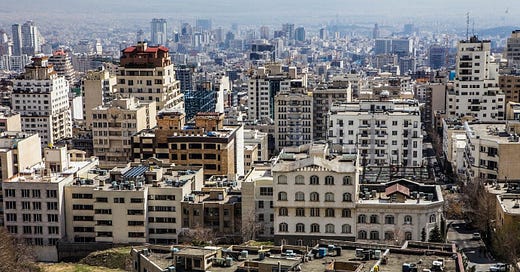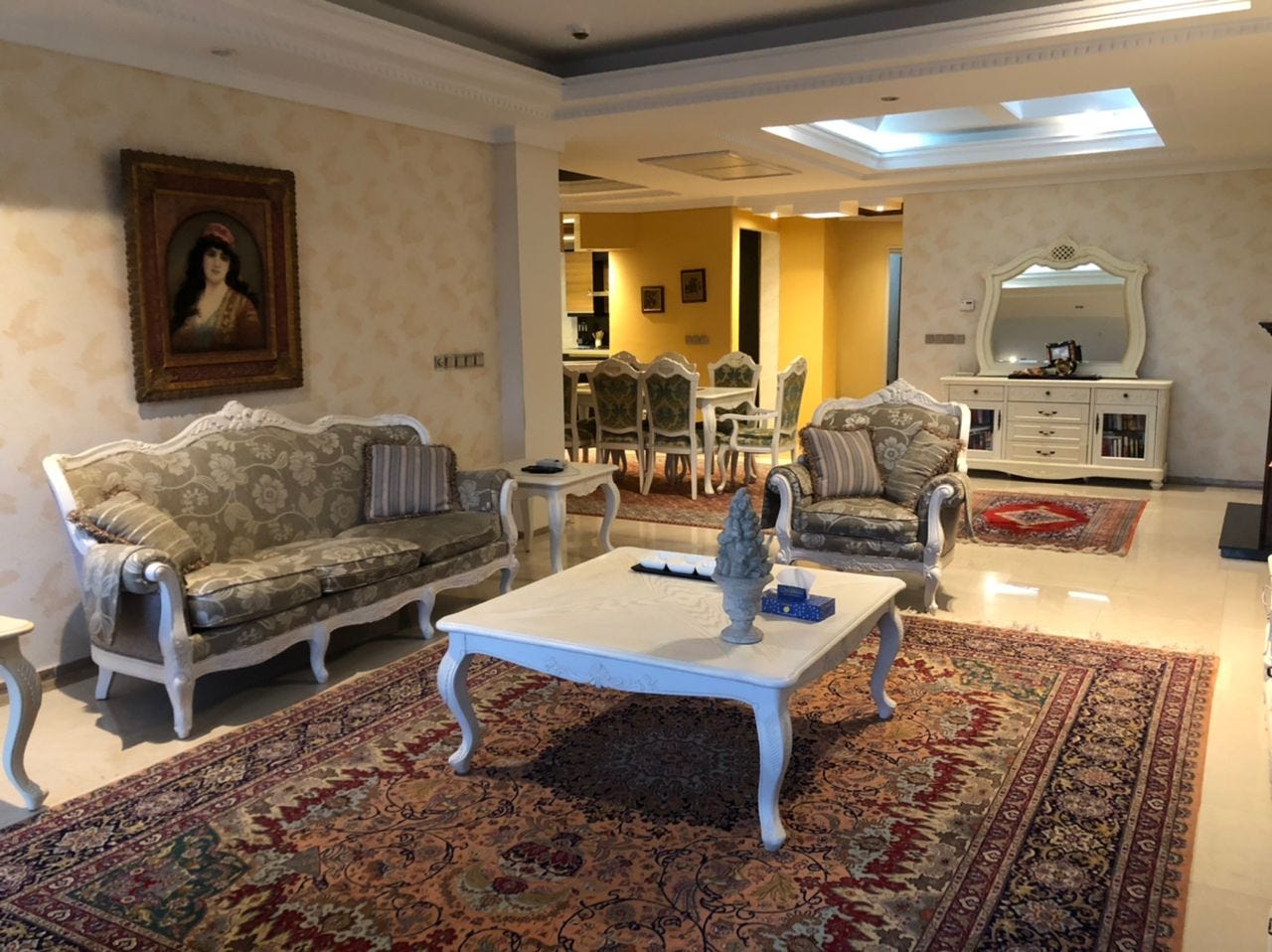Tiny apartments now trending in Tehran
Decreasing purchasing power forcing changes to urban landscape.
The real estate market in Tehran is facing unprecedented ambiguity following the government's decision last year to halt the publication of property price data due to surging prices. This decision only served to further muddy the waters of the already overheated property sector.
The last accessible report, published by the Central Bank of Iran (CBI) in the late autumn, highlighted an average housing price of around 48 million Toman ($987 free market rate ) per square meter. The vacuum of official data has only served the developers of new build apartments in the capital, who could request higher prices with buyers at a loss of what they should be paying. The fluctuating dollar price, which is set as a bar for which local developers pitch their prices in IRR (Toman informally)
Since the cessation of official data, potential homeowners and investors have been navigating the market with increased uncertainty. However, new unofficial data sourced from Divar.ir, an online marketplace similar to Craigslist, offers new insight into the current state of the realty sector.
The data indicate that one-year-old apartments, with sizes ranging between 51-71 square meters, have been most prolific on the market since last spring. According to industry experts, the average price per square meter has since escalated, allegedly surpassing 60 million Toman ($1,232).
Divar's data also gives a snapshot of the market segmented by apartment size. Between early April and mid-July, smaller apartments, up to 50 square meters, accounted for 9% of advertised properties.
The largest segment of ads - 28% - featured properties ranging between 51 to 75 square meters. Larger apartments, those exceeding 1000 square meters, barely scraped the market with a meager 0.04% of the advertised properties.
This trend favoring smaller to medium-sized apartments persisted from late June 2022 to late June 2023. In this timeframe, apartments ranging from 51-75 square meters maintained a dominant market share with 26.7% of ads.
Larger properties, exceeding 1000 square meters, were again on the periphery, representing only 0.04% of ads, indicating a shrinking purchasing power among those looking to move up the property ladder in Tehran.
Since last spring, transactions have most prominently involved apartments sized 51 to 75 square meters.
Newly built apartments have also seen a high sales volume, while those over 25 are slowly exiting the market. This indicates there is still a significant desire by developers to purchase older large properties for redevelopment.
As such, the data suggests that small to medium-sized, newly built apartments, priced between 48 million Toman ($987) to 60 million Toman ($1,232) per square meter, are the most sought-after in Tehran's real estate market.
The escalating price of property, now surpassing 60 million Toman ($1,232) per square meter, underscores an affordability crisis in Iran. Without government intervention, the continual price surge coupled with a lack of comprehensive market data could exacerbate housing accessibility issues further, making homeownership increasingly out of reach for a majority of Tehran's residents. The concentration of transactions in the 51-75 square meter range suggests that potential homeowners may be forced to settle for smaller living spaces or to satellite towns like Parand and Pardis which offer more space for the money.
(Hemat = 1,000 Billion Toman)
(Note: 1 Toman = 10 Rials)
Disclaimer: The views and opinions expressed in these emails are those of the author and do not necessarily reflect the official policy or position of any organization. The information contained in these emails is provided for informational purposes only and should not be taken as investment or financial advice. While the author has made every effort to ensure the accuracy of the information provided, errors and omissions may occur. The author will not be liable for any errors or omissions or any actions taken based on the information provided in these emails. It is the responsibility of the reader to do their own due diligence and seek the advice of a qualified professional before making any financial decisions.







